When we think of the moon missions, dazzling images of rockets blasting off and astronauts leaping in slow motion usually spring to mind. But there’s a powerful story that often slips through the cracks—one that hums quietly beneath the roar of engines and the cheers of mission control. It’s the story of extraordinary women whose genius, grit, and determination helped humanity reach for the stars, even as their names faded into the background. These women, the silent architects behind the scenes, shaped the trajectory of space exploration in ways that remain surprisingly untold. Their stories are not just footnotes in history—they are the heartbeat of the space race, waiting to be heard.
Breaking Barriers in a Male-Dominated Era
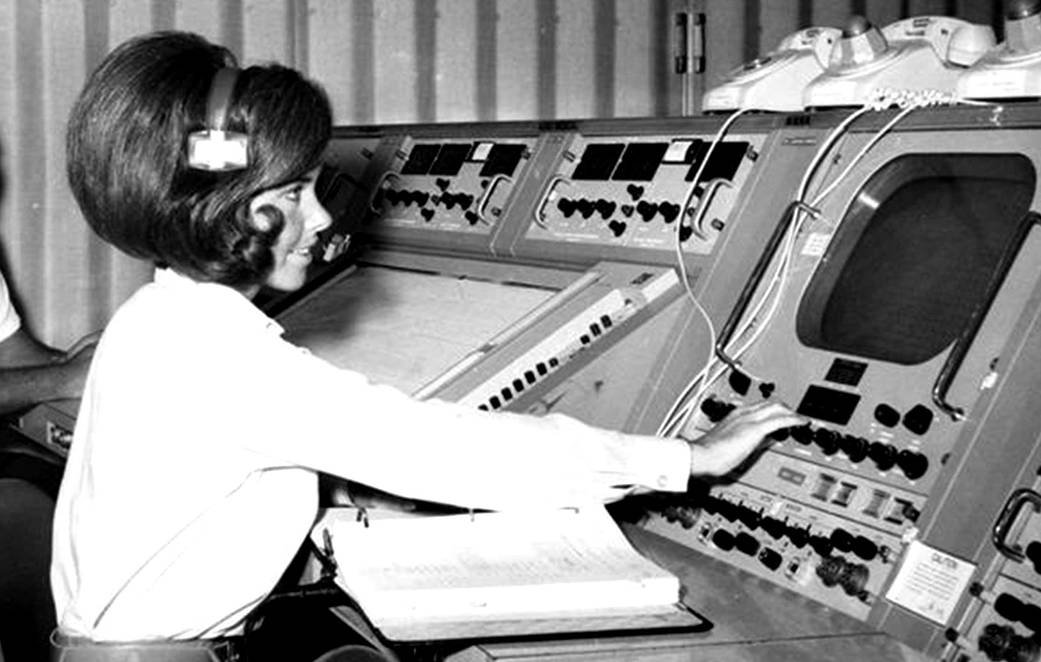
The 1960s was an era where women were rarely seen in engineering labs or mission control rooms, especially in the high-stakes world of space exploration. Social norms dictated limited roles for women, often sidelining them to administrative or support positions. Despite this, a handful of courageous women defied expectations, breaking into the ranks of NASA’s technical teams. Their presence alone was an act of rebellion against the status quo, challenging both gender stereotypes and institutional barriers. They faced skepticism and, at times, outright discrimination, yet their determination never wavered. Every calculation and decision they made was a quiet revolution, pushing the boundaries of what women could achieve. The courage to persist in these environments became a beacon for future generations, proving that brilliance knows no gender.
Katherine Johnson: The Human Computer Who Changed Trajectories
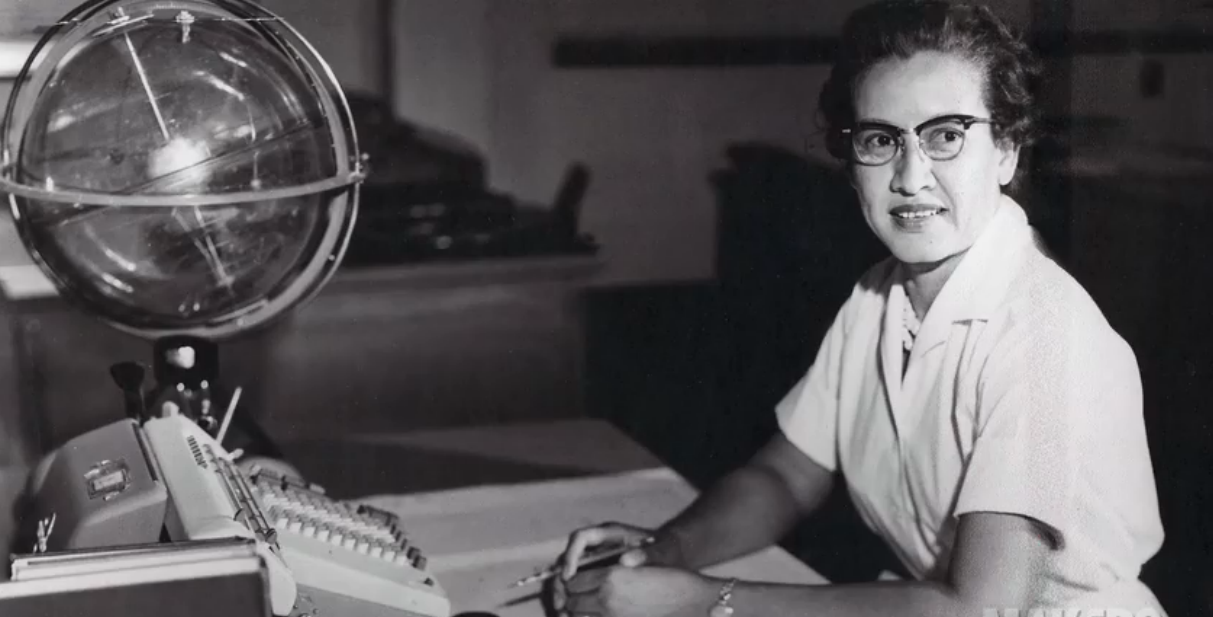
Katherine Johnson’s mathematical mind was nothing short of legendary. Tasked with calculating complex trajectories for the Mercury and Apollo missions, Johnson’s precise computations ensured that astronauts could launch, orbit, and return safely. Her work was so trusted that astronaut John Glenn famously insisted, “Get the girl to check the numbers,” before his historic flight. Johnson’s contributions were not just about numbers—they were about lives and legacies, etched into the very path of the moon missions. Working in an era when both her race and gender were obstacles, Johnson’s achievements were a testament to her unwavering focus and intellect. Her story, once hidden, has since become a symbol of the quiet power of scientific excellence.
Mary Jackson: Engineering a Path for Others
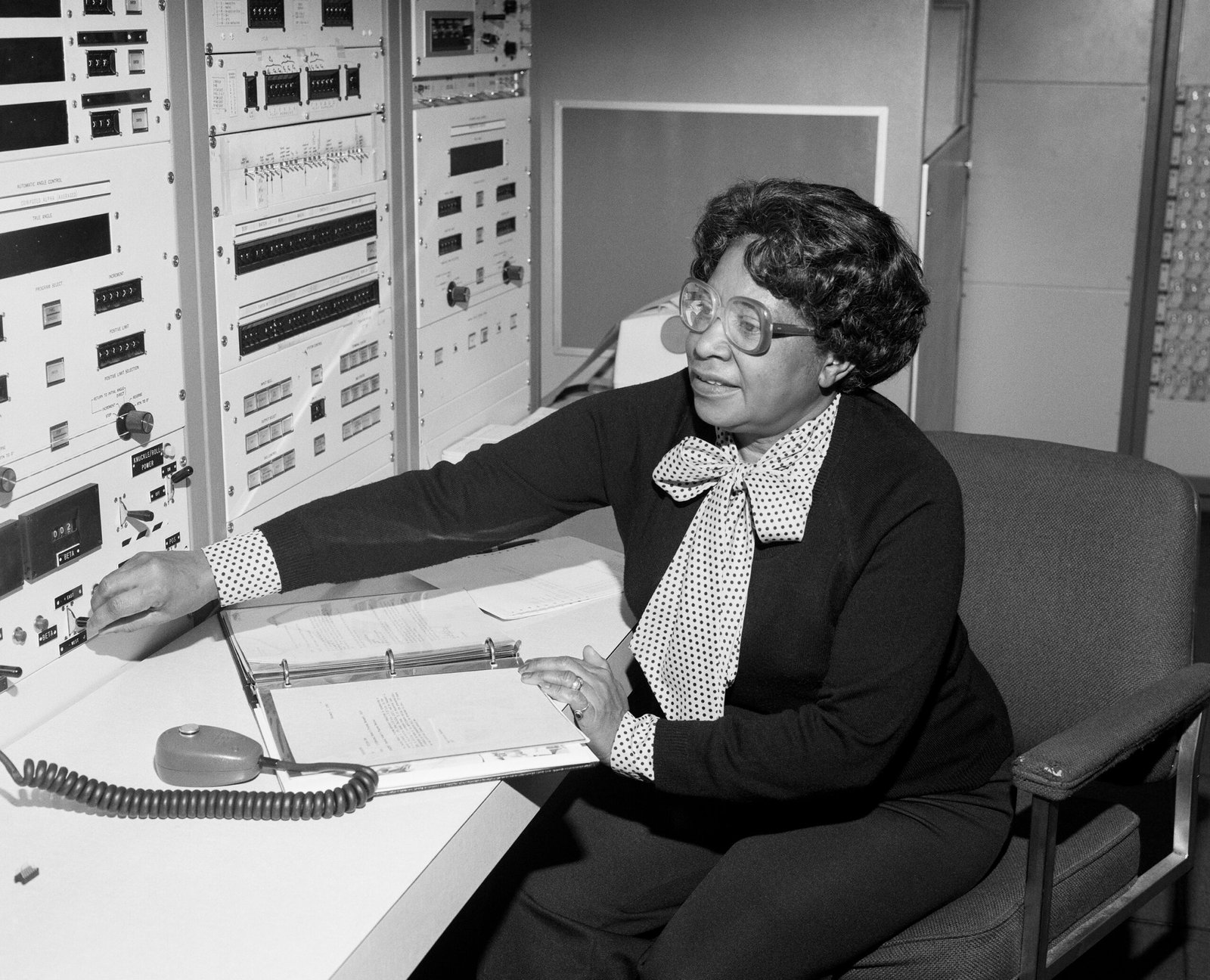
Mary Jackson began her NASA career as a “human computer,” but her ambitions soared much higher. Through relentless perseverance, she became NASA’s first Black female engineer, shattering barriers that seemed insurmountable. Jackson’s expertise in aerodynamics and wind tunnel experiments was pivotal for developing safer, more efficient spacecraft. But her influence extended beyond engineering—she fiercely advocated for the hiring and advancement of women and minorities in science and engineering roles. By mentoring young talent and pushing for policy changes, Jackson laid the groundwork for a more inclusive NASA. Her legacy is one of both technical brilliance and compassionate leadership, opening doors for countless others.
Margaret Hamilton: The Software Pioneer Who Saved Apollo 11
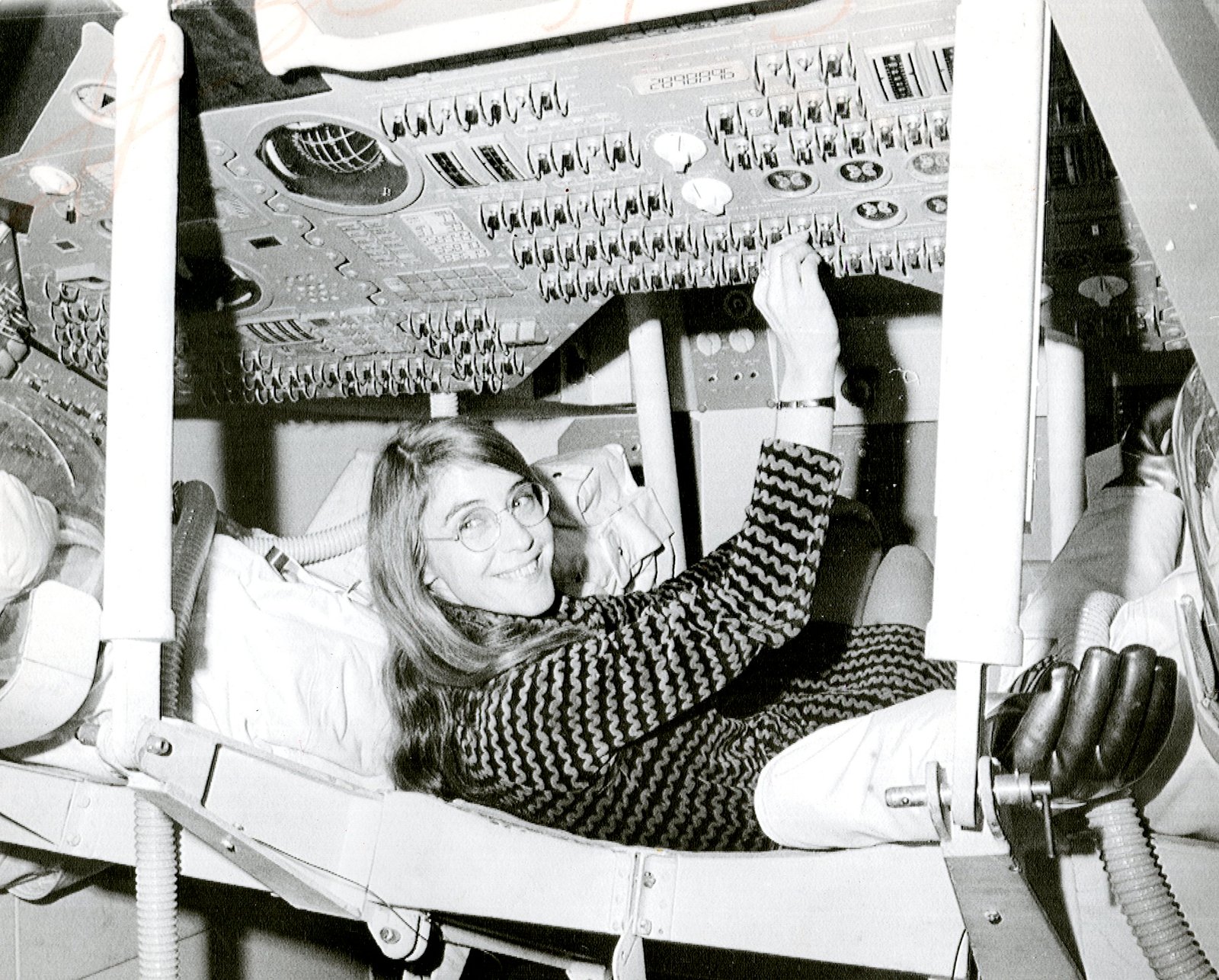
When Apollo 11 teetered on the brink of disaster, it was Margaret Hamilton’s software that kept the mission on track. As the lead developer for the onboard flight software, Hamilton created code that could detect and recover from unexpected errors—a safeguard that proved crucial during the lunar landing. Her approach to error detection set the standard for modern software engineering, blending creativity with scientific rigor. Hamilton’s pioneering work earned her the Presidential Medal of Freedom, but perhaps her greatest achievement was demonstrating that women could not only participate in but lead groundbreaking technological innovation. Her story is a testament to the power of foresight and the importance of preparing for the unknown.
JoAnn Morgan: The Voice in the Control Room
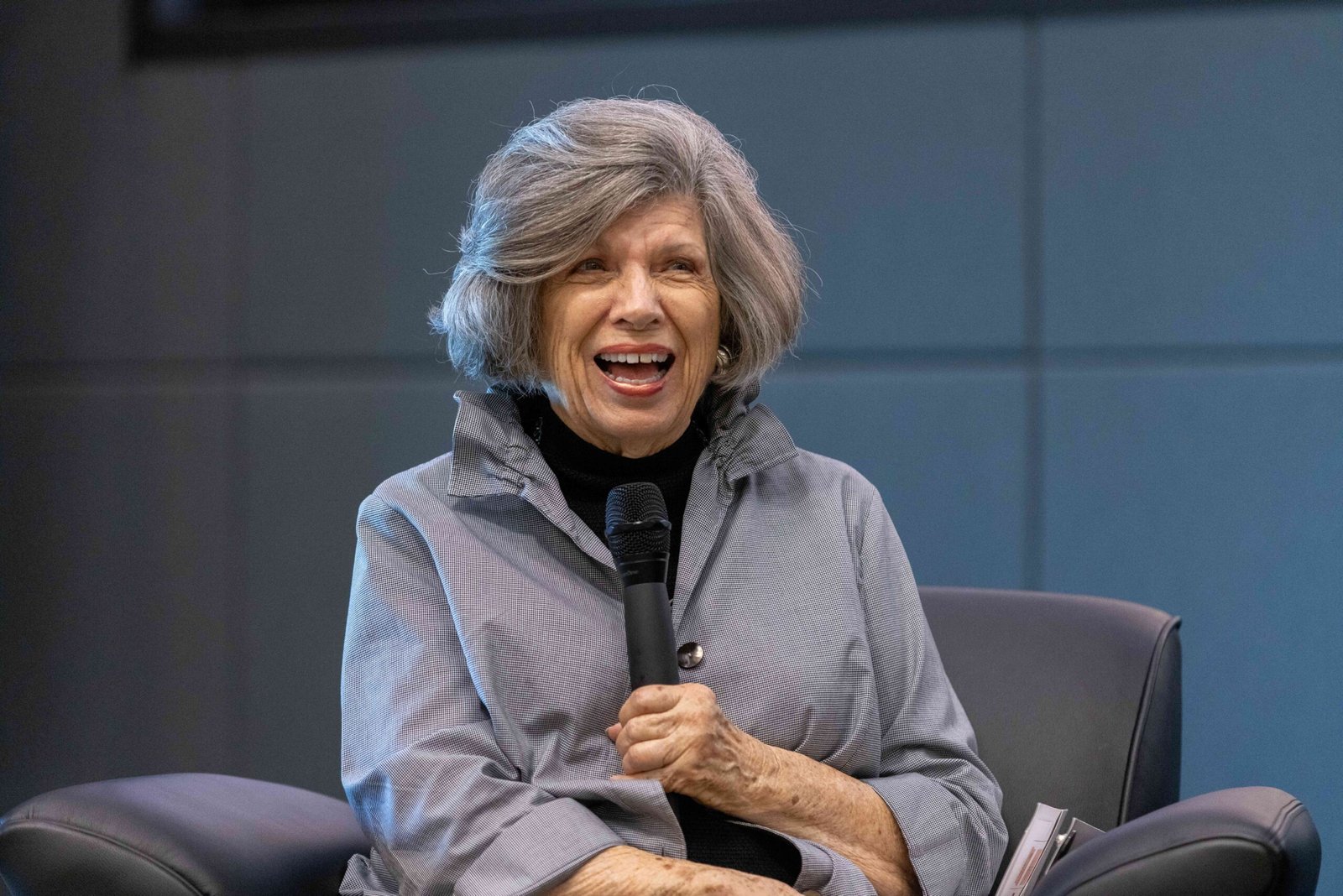
While men filled most seats at NASA’s launch control center, JoAnn Morgan’s voice cut through the hum of history as the only woman present during the Apollo 11 liftoff. Working as an instrumentation controller, Morgan played a vital role in monitoring the rocket’s health and performance. Her calm under pressure inspired those around her, and her technical expertise ensured that communication between ground and spacecraft ran smoothly. Morgan’s journey was often lonely, but she turned isolation into resolve, using her visibility to encourage more women to pursue careers in science and engineering. Her presence in the control room was more than symbolic; it was a promise that the future of space would be shaped by many voices.
Frances “Poppy” Northcutt: Breaking Into Mission Control

Frances “Poppy” Northcutt made history as the first woman to work in NASA’s legendary Mission Control during the Apollo 8 mission. Her expertise in mathematics and trajectory analysis made her an indispensable asset during critical mission phases, including the safe return of Apollo 13. Northcutt’s presence in Mission Control shattered glass ceilings, challenging deeply held beliefs about women’s roles in high-pressure technical environments. Beyond her technical work, she became a passionate advocate for women’s rights, tying her scientific achievements to broader social justice movements. Her story illustrates how breaking one barrier can reverberate far beyond its original context, changing the landscape for all who follow.
The Unsung Calculators: Human Computers of NASA
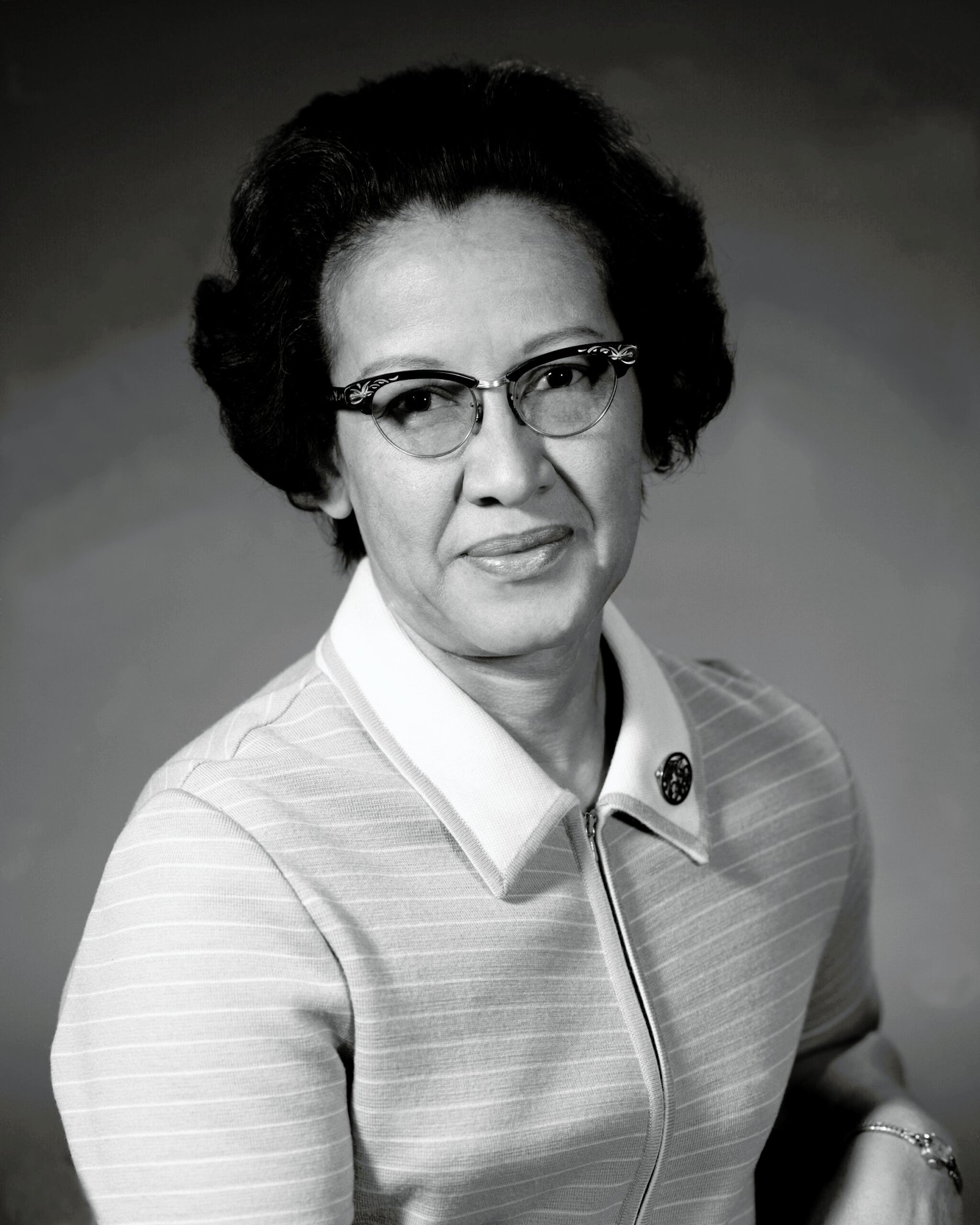
Long before the age of digital computers, teams of women known as “human computers” performed laborious calculations by hand. Their work involved crunching numbers for rocket trajectories, fuel requirements, and orbital mechanics—tasks that demanded intense focus and mathematical skill. These women worked in relative anonymity, their names rarely appearing in official reports or press releases. Yet, every successful launch and safe return owed much to their tireless efforts. Their daily grind behind the scenes made historic firsts possible, reminding us that the foundation of greatness often lies in unseen, unsung labor. Today, their contributions are finally beginning to receive the recognition they deserve.
Women Behind the Cameras: Documenting Lunar History
While astronauts explored the lunar surface, a group of women at NASA meticulously captured and managed the flood of data and imagery sent back to Earth. These photo analysts and archivists cataloged thousands of images, ensuring that each detail of the moon missions was preserved for science and history. Their work demanded patience and a keen eye, as even a single misfiled photo could mean the loss of irreplaceable information. By chronicling every mission, these women created a visual record that continues to inspire future explorers and fuel scientific discovery. Their behind-the-scenes diligence ensures that humanity’s lunar achievements remain vivid and accessible for generations.
Women in the Laboratories: Shaping Lunar Science
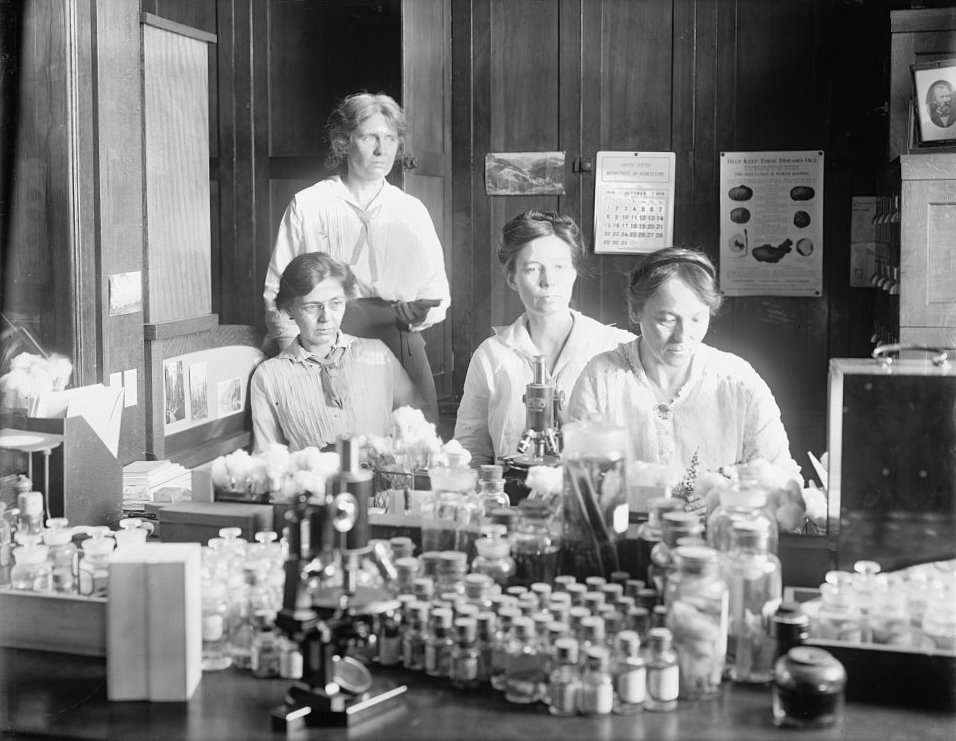
After the moon rocks were brought back to Earth, women scientists played essential roles in analyzing and interpreting these priceless samples. Geologists, chemists, and biologists examined the stones, searching for clues about the moon’s origin and the history of our solar system. Their findings transformed our understanding of planetary science, revealing new insights about the early days of Earth and the universe beyond. These women navigated their way through academic and institutional barriers to make their mark, proving that scientific discovery thrives on diverse perspectives. Their painstaking research laid the groundwork for countless breakthroughs in space science.
The Ripple Effect: Inspiring Future Generations
The stories of these forgotten women have ignited a spark in today’s young scientists, engineers, and dreamers. As their achievements become more widely known, they serve as powerful role models for girls and women considering careers in STEM fields. Their legacies challenge outdated notions of who belongs in science and remind us that talent transcends gender. Schools and organizations now highlight their stories, using them to inspire curiosity and confidence in future explorers. The ripples of their courage continue to spread, shaping a more inclusive and innovative future for space exploration.
Why Their Stories Matter Now More Than Ever
In a world still grappling with issues of representation and equality, the stories of the women behind the moon missions are a rallying cry for recognition and change. Their perseverance in the face of adversity offers hope and guidance for tackling today’s most pressing challenges. By celebrating their achievements, we not only honor the past but also pave the way for new voices and ideas in science and technology. The moon missions remind us that progress is a team effort—and that every contribution, no matter how hidden, moves us closer to the stars.




